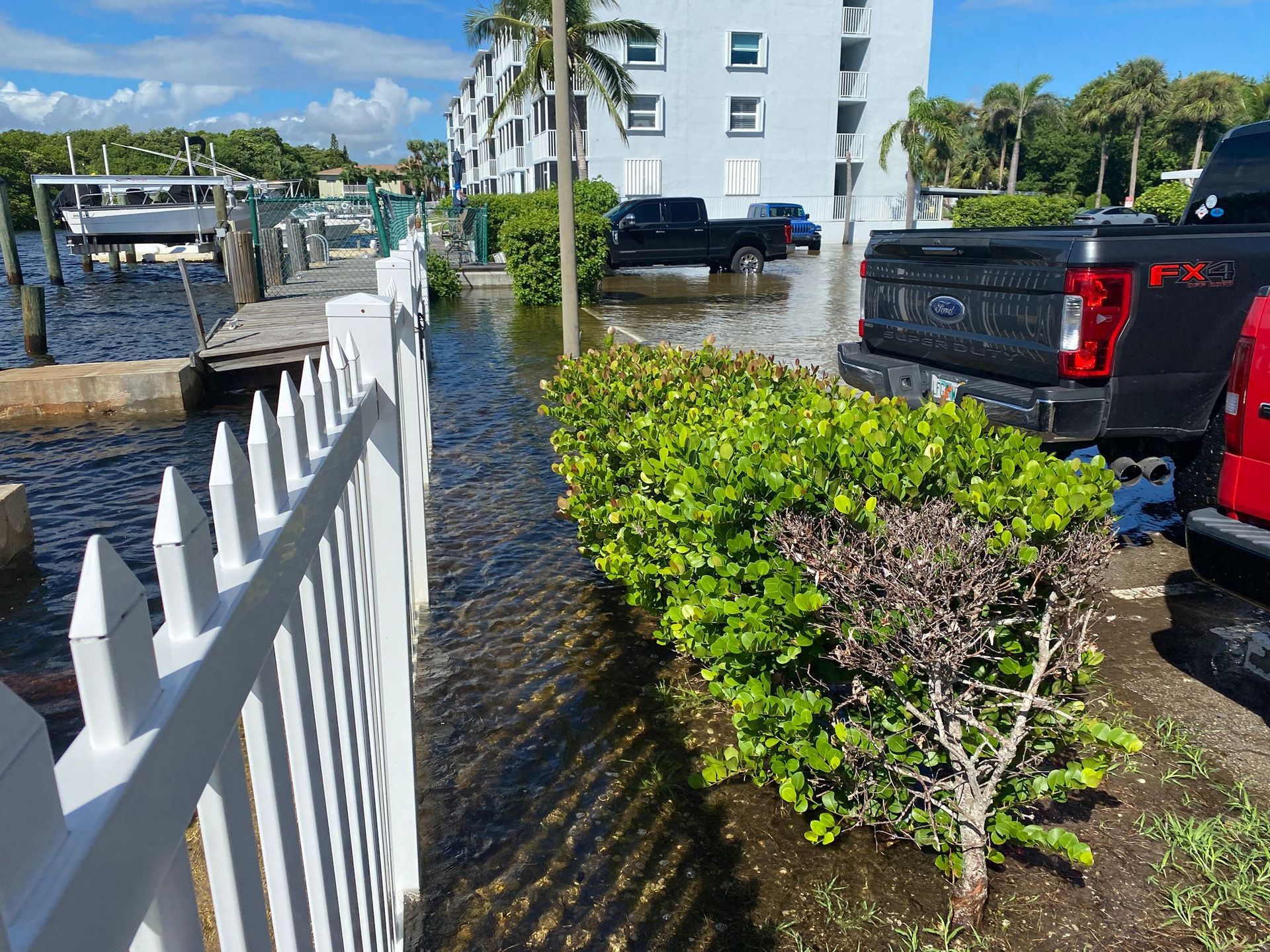Toilet Leaking From Base? Here’s What You Should Do
Toilet Leaking From Base
Finding water pooling in your bathroom around the toilet is a harrowing sight. Not only is it an annoying issue to handle, but you also have to address it quickly before it causes further damage.
The straightforward solution for this is hiring a professional plumber. Still, if you love DIY-ing issues around your home, you can try to fix the problem yourself and save dozens of dollars in the process.
Here’s everything you need to know to successfully fix a toilet leaking from base.
What You Need To Know Issue of a Toilet Leaking Before You Start?
When you have the issue of a toilet leaking from base on your hands, you first need to pinpoint the source of the leak. It’s not uncommon to assume the water near your toilet is coming from the base, when in fact, it might be dripping from the tank.
There is a quick test that helps you determine where the water is coming from. Wipe all the water from the floor and flush the toilet. If the base is the problem, you’ll clearly see water pouring out of there when you flush.
This could happen for a variety of reasons, with the most common one being the bolts that secure the toilet loosened up. It could also mean the wax ring that seals the space between the drain pipe and the bottom of the toilet is worn out.
How To Tighten The Mounting Bolts?
These bolts hold your toilet to the floor and are usually threaded with washers that are tightened to fasten the toilet. It’s not a foolproof solution, which is why it’s common for them to loosen over time.
Thankfully, you can easily check if this is the case by rocking your toilet. If it moves and makes clunking sounds, you’ll need to tighten these bolts. This process is self-explanatory and only requires a wrench of the appropriate size.
Keep in mind you should practice extra care while doing this as over-tightening the bolts can crack your toilet or damage the toilet flange.
How To Replace The Wax Ring?
When faced with a toilet leaking from base, one of the most annoying things to deal with is replacing the wax ring. It is located on the bottom of your toilet and it consists of a thick wax that creates a waterproof seal between the drainage pipe and the toilet base.
Unfortunately, wax can’t last forever and it can wear out, dry out, and even develop small holes through which water can escape. While it’s not visible, you’ll be able to tell the seal is giving out when you can smell sewage gasses in your bathroom (typically a smell of rotten eggs).
So how do you replace this ring and address the pesky issue of a toilet leaking from base?
First, you need to go down to your local hardware store where you can purchase a new wax ring. Once you have it, put on a pair of gloves, set out some towels on the floor, and get to work.
Shut off the water at the water supply line, flush the toilet, disconnect the water lines, and separate the tank from the toilet bowl. Then, unscrew the bolts at the base and use a knife to cut off any remaining caulking surrounding the base. Shake the toilet slightly to loosen it, then pick it up and flip it on its side. Remember to set it on the towels to avoid further damage.
We also recommend stuffing any old towel or a rag into the drain pipe to block any gasses.
Now, for the challenging part, you’ll need to remove the residue of the old wax ring. Use a spray cleaner and a towel to wipe the underside of the toilet. You can also use a putty knife to scrape the residue off.
Once you’ve got a smooth surface to work with, press the new ring into place, and that’s it. Reconnect the toilet and you’re good to go (no pun intended).
Checking The Toilet Flange
With your toilet disconnected, it doesn’t hurt to check the state of the flange. This circular plastic piece is located inside the drain pipe. When it breaks or comes loose, your toilet may start rocking.
If the flange is loose, you can tighten the bolts that hold it in place. If it’s broken, you may need to replace the entire apparatus.
Fixing The Toilet Valve
Sometimes toilet leaking from base happens when your toilet valve malfunctions. The biggest indicator this is happening is hearing the water running when your tank is not filling.
Fortunately, you only need a pair of pliers or a screwdriver to solve the problem.
Start by tightening the packing nut on the valve. Once again, you don’t want to overtighten anything but to simply make slow turns until the leak stops.
If that didn’t help, you can open up the valve and replace the rubber washer. Keep in mind that you’ll have to shut off the main water supply to your home first. Take the old washer out and bring it with you to the hardware store to find the correct size.
If replacing the washer didn’t do the trick, you may need to replace the entire shutoff valve. This is a serious plumbing issue and we don’t recommend tackling it alone - call a professional and save yourself hours of trouble.
Avoid Plumbing Problems By Scheduling A Full Residential Inspection
Bathrooms can be a source of all kinds of trouble for an average homeowner. For instance, without a warning, shutoff valves can fail and pipes can burst, leaving you scrambling for solutions while trying to avoid serious damage.
Did you know you can minimize the chances of that happening by scheduling an annual inspection?
Here at Certified Inspectors, we offer full residential inspections that not only cover your roof and your electrical systems, but also your entire plumbing system - including all fixtures, your toilet, and sewage installations. A checkup this comprehensive can effectively help you future-proof your bathroom (and your home), thus enabling you to avoid expensive and annoying repairs later down the line.
Schedule an inspection now by calling
+1 561-570-6311 or
filling out our contact form and we’ll be on our way to discover any problems looming in your bathroom.
Disclaimer: The information on this website and blog is for general informational purposes only and is not professional advice. We make no guarantees of accuracy or completeness. We disclaim all liability for errors, omissions, or reliance on this content. Always consult a qualified professional for specific guidance.
Share the post:






